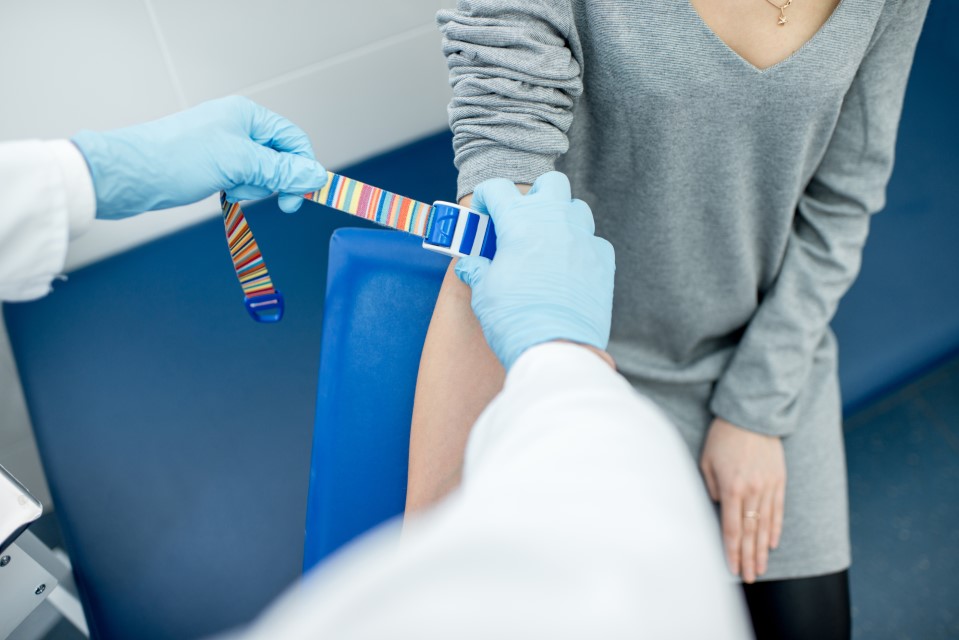If you’re wondering how to test your fertility, you’ve come to the right place. Here we’ll discuss Ovulation tracking, Semen analysis, Endometrial biopsy, and Hysteroscopy. These are all common fertility tests and can help you determine if you have enough eggs to conceive a baby. While these tests can be costly, they do show that your fertility levels are still high enough to conceive a baby.
Ovulation tracking
Ovulation tracking is a great way to determine your fertile window. The ovaries produce a female egg during each cycle, which is then released into the uterus. Ovulation usually happens within four days of the midpoint of a woman’s menstrual cycle. Tracking your ovulation can be done with various methods, including basal body temperature tracking, calendar method, and ovulation predictor kits.
Semen analysis
Before getting the test, men should avoid ejaculation at least 24 hours before the analysis. For two to five days before the test, men should not consume alcohol, caffeine, or herbal medicines, except as instructed by their healthcare provider. Masturbation is the preferred method for obtaining a clean sample. If a man is unable to avoid sexual activity for two days before the test, he can collect the sample at home.
Endometrial biopsy
The aim of this study is to assess the utility of endometrial biopsy as a screening tool for infertility. This type of biopsy is used to diagnose infertility and is useful to identify the time at which the endometrium is in the optimal phase for implantation of an egg. It will be conducted at twelve reproductive medicine centers. Participants will be randomly assigned to either the MID or late luteal phase of their menstrual cycles and are age-matched with fertile controls. The pathologist will evaluate the endometrial specimens and report any abnormalities.
Hysteroscopy
Hysteroscopy to test fertility is a medical procedure that involves inserting a hysteroscope through a woman’s fallopian tubes. The procedure is usually done between Cycle Days 6 and 10 of a woman’s menstrual cycle. If a woman is not experiencing her menstrual period, a blood pregnancy test may be ordered. Patients should avoid eating and drinking two to three hours before the procedure, as cramping and bleeding may occur. A prescription for doxycycline may be given to prevent uterine infection. The antibiotic must be taken twice a day for three days.
STIs that can affect fertility
Having a sexually transmitted disease (STI) can be extremely distressing, with feelings of anger, fear, and questions swirling around your head. You may have already thought of conceiving, but you now have to face the possibility of having an STI. If you’re unsure about the effects of this disease on fertility, here are some tips to help you know if you’re infected.
Home tests
If you’ve tried unsuccessfully to conceive and are considering doing a home test for fertility, you should know how to read your results. Most at-home tests require urine or blood samples, and men need to give semen. However, there are some that are easier to use than others. Convenience is key when it comes to at-home testing. To make it easy for you, look for a home fertility test with clear instructions.
Read More: How to Find the Right Doctor
